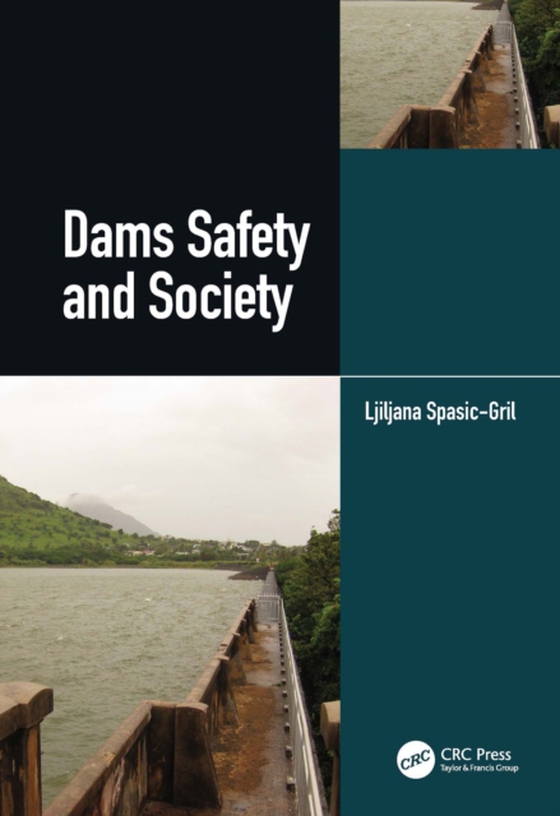
Dams Safety and Society e-bog
436,85 DKK
(inkl. moms 546,06 DKK)
This book addresses current international practices applied for dam safety assessments by looking at a portfolio of dam safety projects in various developing countries (Armenia, Georgia, Tajikistan, Mauritius, Madagascar, Sri Lanka, Myanmar and Vietnam) spread across three continents (Europe, Africa and Asia). Safety assessment involved the review of 134 existing dams and comparison with the be...
E-bog
436,85 DKK
Forlag
CRC Press
Udgivet
12 september 2022
Længde
154 sider
Genrer
1QFG
Sprog
English
Format
pdf
Beskyttelse
LCP
ISBN
9781000646412
This book addresses current international practices applied for dam safety assessments by looking at a portfolio of dam safety projects in various developing countries (Armenia, Georgia, Tajikistan, Mauritius, Madagascar, Sri Lanka, Myanmar and Vietnam) spread across three continents (Europe, Africa and Asia). Safety assessment involved the review of 134 existing dams and comparison with the best international practices. A large part of dam safety assessment involves understanding of dam hazards, standards applied in the design and maintenance, as well as expectation and social circumstances under which the dams have been designed and constructed in a particular country. For example, standards for design floods, ground investigation, selection of design soil parameters and design earthquakes etc. used are often either non-existent or inadequate, which could lead to an unsafe design. If there are no standards to be applied in dam design and construction, consultants are often under pressure from clients to come up with minimalistic investigation and designs, which, after a few years after dam construction, show signs of deficiencies. Very often countries have no regulations and standards for requirements that should cover the maintenance and operation of dams.The book also describes the Portfolio Risk Assessment of Dams, which can be used as a tool by clients and the funding agencies to identify priority assessment and rehabilitation projects that consider societal and economic losses. It also demonstrates how the implementation of Emergency Preparedness Planning could significantly reduce the number of people at risk.This book aims to help clients, consultants and funding agencies which are engaged in dam safety assessment projects in developing countries to focus on issues that are based on past lessons learnt.
 Dansk
Dansk

